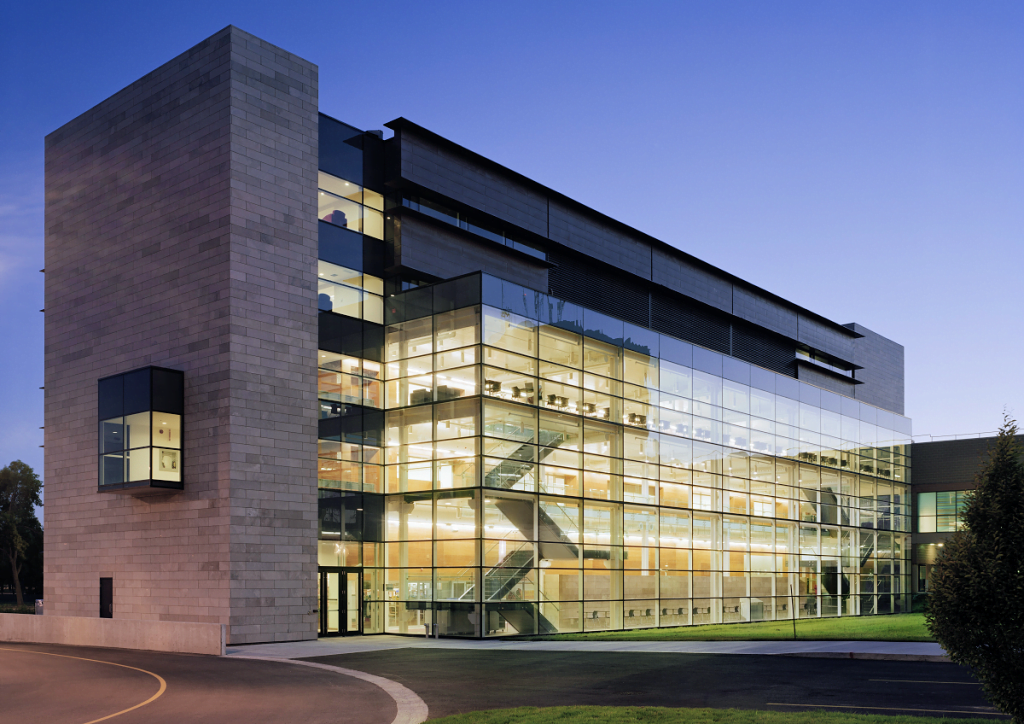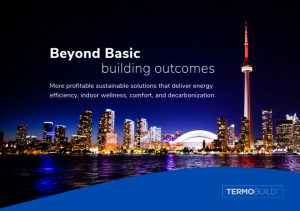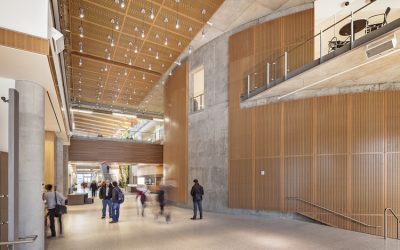Improving Resilience and Safety
Building resiliency is the capacity of a building to continue to function and operate under extreme conditions, such as (but not limited to) extreme temperatures, sea level rise, natural disasters, etc.
As the built environment faces the impending effects of global climate change, building owners, designers, and builders can design facilities to optimize building resiliency. -Whole Building Design Guide 2016
The above quote indicates a trend that is driven by the growing understanding by governments, organizations, and design professionals that are seeking ways to better address climate change and the conservation of our natural environment. The link between resiliency and sustainability is becoming more apparent to all concerned.
TermoBuild’s patent-pending design assist makes buildings more resilient – to the point of potentially becoming an emergency shelter during a crisis and can retain a reasonable indoor environment for a number of days without the operation of its HVAC infrastructure.
Brownouts, blackouts, and other utility related demand management events (Demand Response) will not affect the indoor environment as much as other buildings.
This allows tenants to maintain a measure of normalcy in their lives or work. For building owners and operators, this resiliency can be a significant marketing point and differentiator in a competitive marketplace.

To achieve resilience, buildings need to be designed to safeguard health and comfort and sustain process for the future in the adverse events due to climatic conditions. Designing to current standards may not be enough to combat the effects of climate change. Mass buildings such as those designed with concrete, provide good thermal stability, a robust and environmentally friendly solution to the need for resilience – reducing, or in many cases eliminating, the need for mechanical cooling.
Research has shown that buildings with high levels of thermal mass, passive solar features and effective ventilation control perform extremely well (Arup & Bill Dunster Architects).
In the figures below: Trend logs related to resilience in thermally charged buildings. Field data trend logs are compared between a thermo-active hollow core system (where the heating valve was inadvertently closed for 11 hours, and the building remained in an indoor comfort level) and a conventional unstable system which requires frequent cycling to maintain indoor comfort.
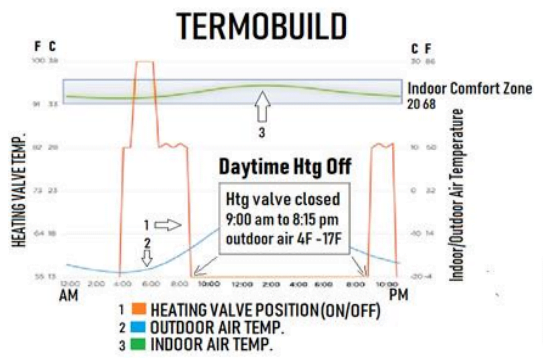
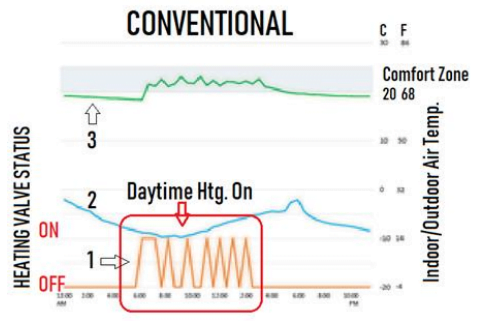
Resilience and Safety Advantages of Integrated Thermal Storage Ventilation
Resilient design and healthy buildings are core to our philosophy of thermal storage using thermo-active, hollow core precast radiant air conditioning systems that ensure a building will maintain air quality and temperature and continue to be habitable during and after extreme weather events.
Essentially turning a buildings heating and cooling system into batteries, utilizing existing infrastructure, can reveal performance improvement opportunities aligned with latest trends, while providing a post-disaster resilience strategy in the age of climate change that ensures economic viability of businesses and cities.
Integration of a building’s hollow core or cast-in- place floors and ceilings with indoor comfort systems invites decision makers to shift the focus from individual non-integrated products to generic controls driven by thermo-active integrated systems that meet broader customer needs as they relate to: comfort and productivity, environmental footprint reduction, continuity of business functions, resilience, future-proofing real estate value, and non-utility financial benefits that exceed energy savings several times over.
